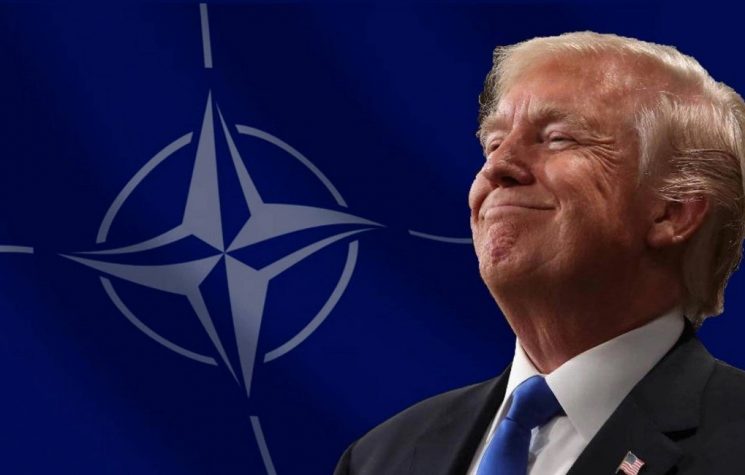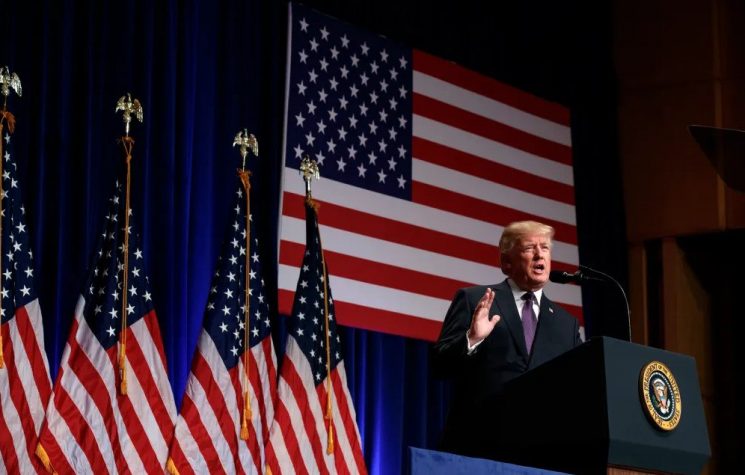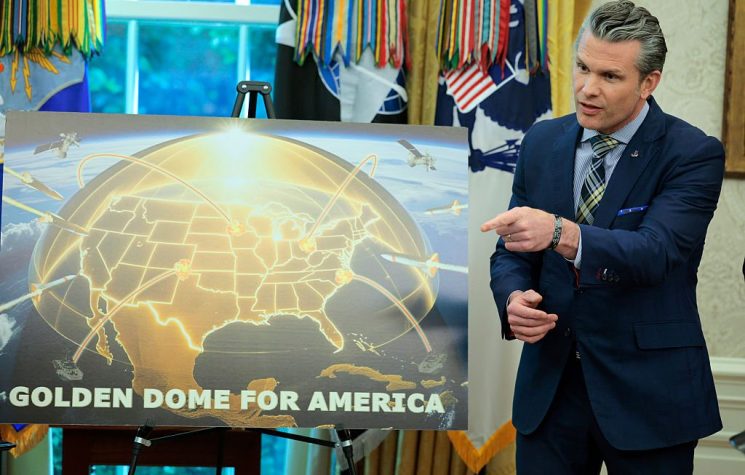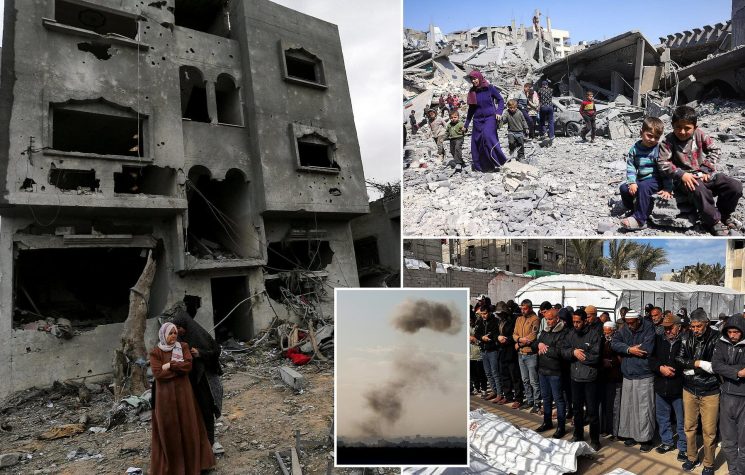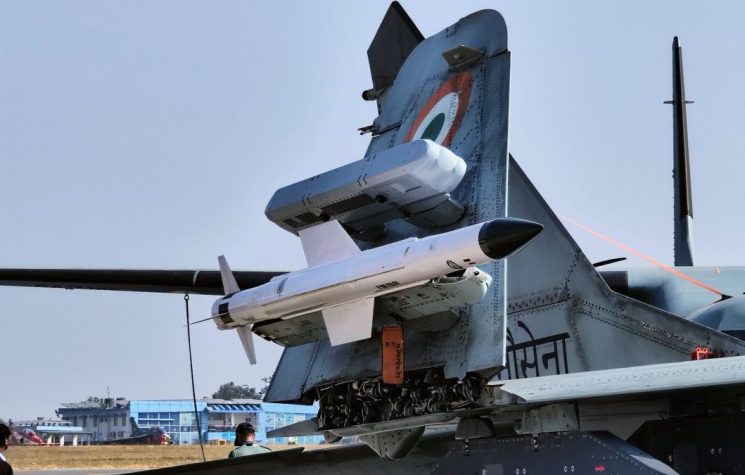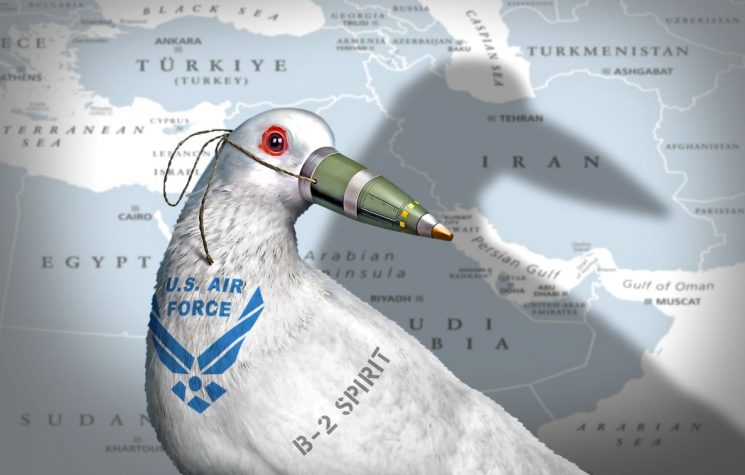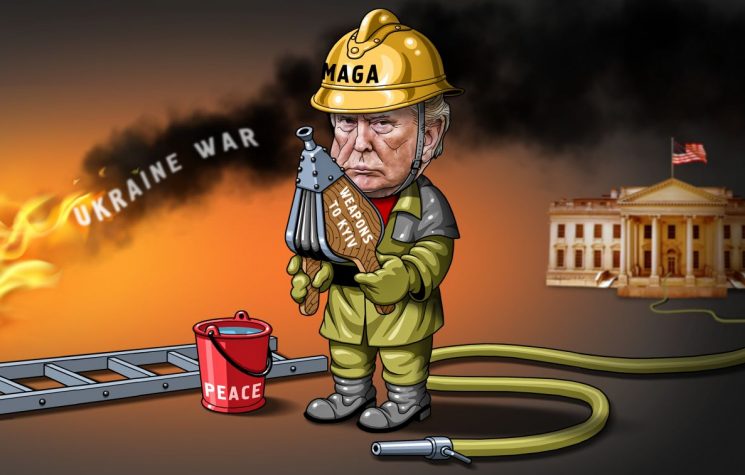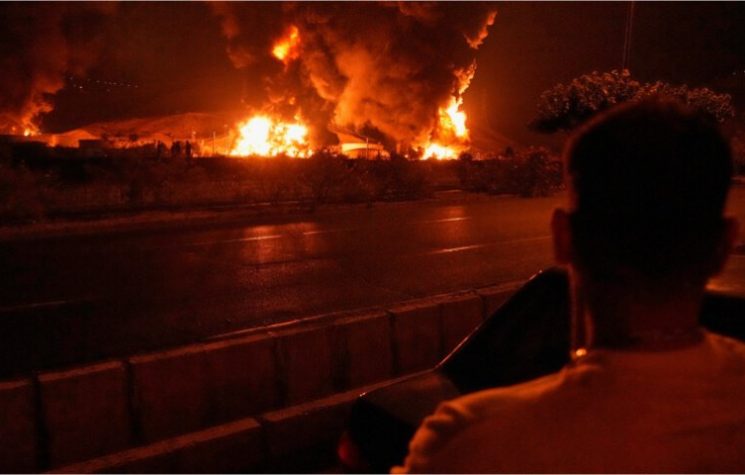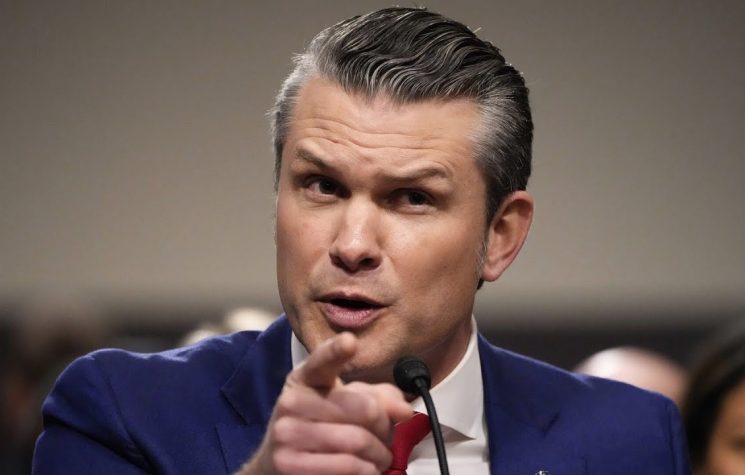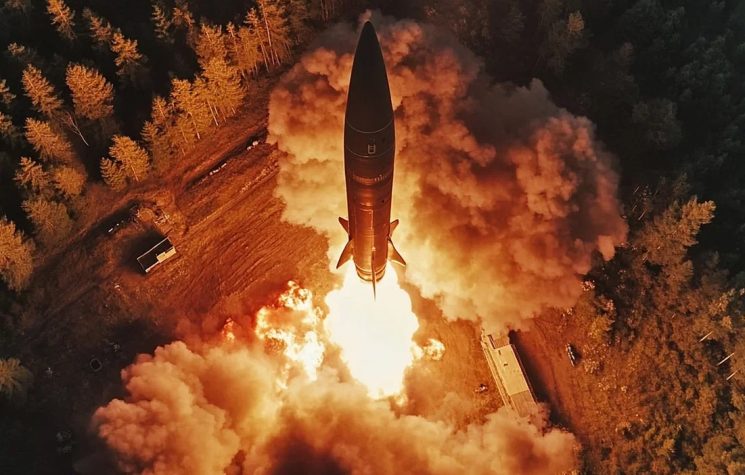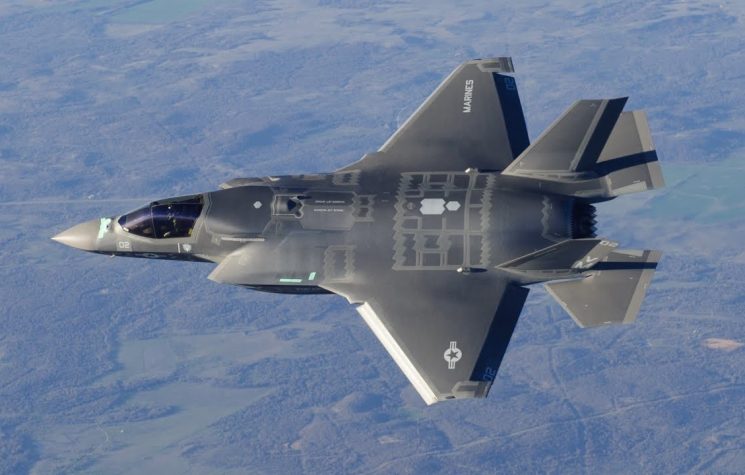From a country born on the blood of people killed to invade and steal land and resources, what else could we expect but an international missile system?
Join us on Telegram![]() , Twitter
, Twitter![]() , and VK
, and VK![]() .
.
Contact us: info@strategic-culture.su
A system that doesn’t work
From a country born on the blood of people killed to invade and steal land and resources, what else could we expect but an international missile system?
We have all heard about the Golden Dome, which has recently been in the news. The project is at the heart of the defense strategy promoted by Donald Trump and consists of a missile defense system designed to protect the United States from ballistic missile attacks, cruise missiles and other similar threats. With an estimated investment that could exceed $175 billion, the initiative aims to safeguard American territory from hostile launches from countries such as Iran and North Korea, but also from world powers such as China and Russia.
Despite its titanic scale, the plan divides military experts, who remain skeptical about its actual feasibility. The technical, political and economic obstacles are significant, but the increase in threats related to intercontinental missiles has led many analysts to consider the system essential for national security.
Europe also faces similar challenges in the field of defense. Russia’s increased assertiveness and long-range strike capability make the continent particularly vulnerable. In a large-scale conflict scenario, it is clear that major European cities could become strategic targets for missile attacks, especially if they are home to military sites.
For its part, Europe has launched the European Sky Shield Initiative (ESSI), proposed in 2022 by German Chancellor Olaf Scholz. The initiative aims to build a coordinated air defense system, including protection against ballistic missiles. However, compared to the Golden Dome, the ESSI’s resources and scope are smaller, raising doubts about the effectiveness of European defense compared to that of the United States.
The Golden Dome, for its part, faces significant logistical and operational challenges. Tomas Nagy, an analyst at the GLOBSEC think tank specializing in missile defense, has highlighted how not only technological complexity, but also production delays, component shortages and internal political divisions are hampering the project’s progress. Its implementation requires cooperation between multiple US administrations, but it’s not certain that the necessary political consensus will be maintained over time, creating uncertainty about the plan’s fate.
Meanwhile, as the Golden Dome’s implementation is being discussed, debate is growing among American experts and lawmakers about the programme’s budget, with estimates ranging from $166 billion to $540 billion, considering only the space components.
If the Golden Dome were to become a reality, it could represent a turning point in US and international defense. The system would have the potential to become a model of advanced protection, helping to strengthen global security. However, high costs and technical challenges remain crucial obstacles, and only the future will tell whether this ambitious project will be transformed into a concrete defense against the missile threats of tomorrow.
There is just one small problem…
The Golden Dome missile defense system is clearly offensive in nature and violates the principle of the peaceful use of outer space, enshrined in the 1967 Outer Space Treaty, and constitutes a strategic deterrent to the rest of the world. Once again, an example of American arrogance. The US should have realized that the time when it could believe itself to be the master of the world and decree the end of history is over. But apparently this is not the case.
The 1967 Treaty regulates the activities of states in the exploration and use of outer space, including the Moon and other celestial bodies. The fundamental principles are few but clear:
- Outer space must be used exclusively for peaceful purposes;
- It is prohibited to place nuclear weapons or other weapons of mass destruction in space, in Earth orbit or on celestial bodies;
- It is prohibited to establish military bases, test weapons or conduct military exercises on the Moon or other celestial bodies;
- Space is free for exploration and use by all States, without discrimination;
- Access to celestial bodies is guaranteed to all;
- Exploration must be carried out in the interests of all humanity;
- No State may claim sovereignty over any portion of outer space, including the Moon and other celestial bodies;
- Outer space is not subject to national appropriation by sovereignty, use, occupation or any other means;
- States are internationally responsible for all space activities, even if carried out by private individuals or enterprises, and must authorize and supervise such activities and are also responsible for damage caused by their space objects;
- States must act in good faith, international cooperation and transparency. If a mission may interfere with the activities of another State, adequate notification must be given. Activities must avoid harmful contamination of space or celestial bodies.
Now, it should be noted that the Treaty does not explicitly prohibit military presence in space, but limits its use to non-aggressive functions (i.e. navigation, surveillance and telecommunications), even though space is full of military satellites. The preventive function of the treaty – currently signed by 110 states – is at the heart of the entire document.
And where does the Golden Dome fit into all this? As already mentioned, this project is a clear violation of the 1967 Treaty and indeed constitutes an international threat that must be taken seriously by Organisations and courts of justice.
What purpose does such a system serve, other than to try to secure military supremacy?
Once again, it’s the logic of endless war that is guiding the choices of the United States of America. But beware: those who live by the sword die by the sword.










